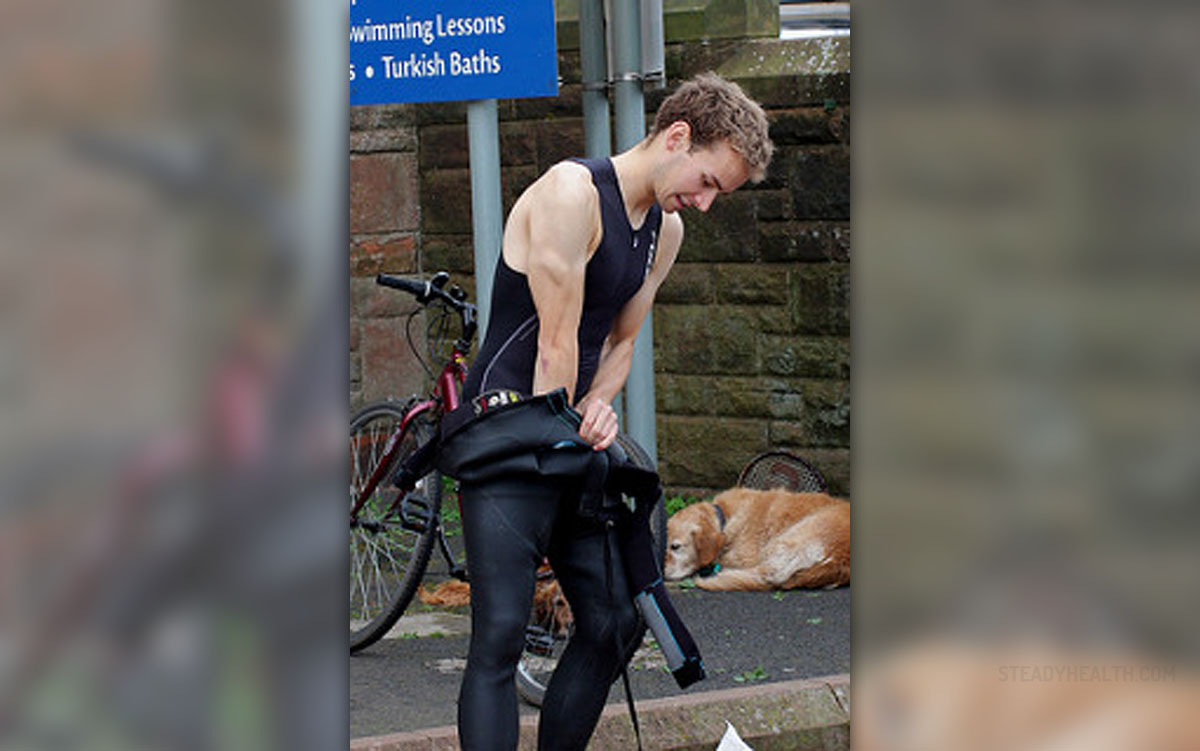
Such cyst can affect only one testicle or form bilaterally, on both sides. It is also possible for a man to suffer from several epididymal cysts at the same time. Epididymal cysts are generally harmless. The only complications associated with their presence are potential inflammation and infection. They never turn into malignant tumors.
However, if you have an epididymal cyst and are going to have it removed, you will want to know what to expect.
Testicular Cyst Removal Procedure
These epididymal cysts do not go away spontaneously and they can be only treated surgically. Surgery is typically recommended if epididymal cysts to grow or cause serious discomfort. They are also removed if they are affected by inflammation or infection. Yes, it is possible to drain the cyst and reduce its size in this way. However, the sac will remain intact, and there is a high risk that the cyst will recur and, therefore, many doctors suggest testicular cyst removal.
Prior the Surgery
Patients who are supposed to be operated on are supposed to report all the illnesses they are currently suffering from as well as medications they are taking. Allergy of any kind must be reported as well, since not doing so may result in the patient receiving the drug he is allergic to during the procedure and develop serious and even potentially life-threatening allergic reaction.
Prior the surgery patients get fully informed about the procedure and results doctors are looking for. They also get familiar with all the potential complications.
The Cyst Removal Procedure
Testicular cyst removal includes administration of anesthesia. This way patients will not feel any pain and will be properly sedated and unaware of the entire procedure. Such surgery requires general anesthesia or spinal anesthesia, during which you'll be awake but sedated from the waist down.
The surgeon makes a cut in the scrotum, reaches the cyst, removes it entirely, and then stitches the cut. The removed cyst and its contents are thoroughly examined in a laboratory. The procedure itself is quick and routine.
After the Surgery
Patients may remain in the hospital for a day or are released on the same very day of the surgery.
It is normal to face a certain amount of discomfort or pain after the surgery. These post-surgical symptoms are eliminated with pain killers. There may also be bruising and swelling, which will soon subside and are completely normal. Due to effects of general anesthesia patients commonly feel slow, clumsy and forgetful within the following 24 hours. Because of that once they are released, patients are not supposed to drive a car or even engage in any kind of activity which requires their full attention.
After being released, patients should spend a few days in bed, take pain killers if necessary and consult their doctor if they notice something unusual such as problems with urination, intensive pain at the incision site, fever and chills etc. The dressing is supposed to be changed if it gets dirty and may be removed after 48 hours. And finally, stitches generally slip out between 7th and 10th day after the surgery. Even if they remain, never try to remove them yourself. Instead, pay a visit to your doctor.


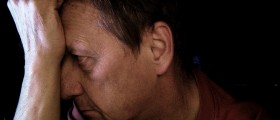
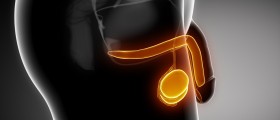




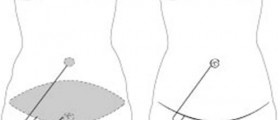
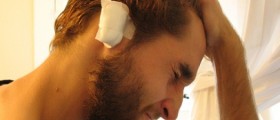

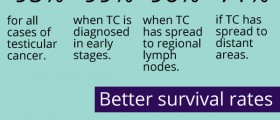
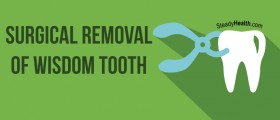
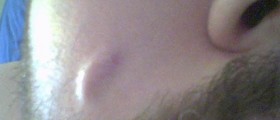


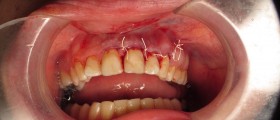
Your thoughts on this
Loading...